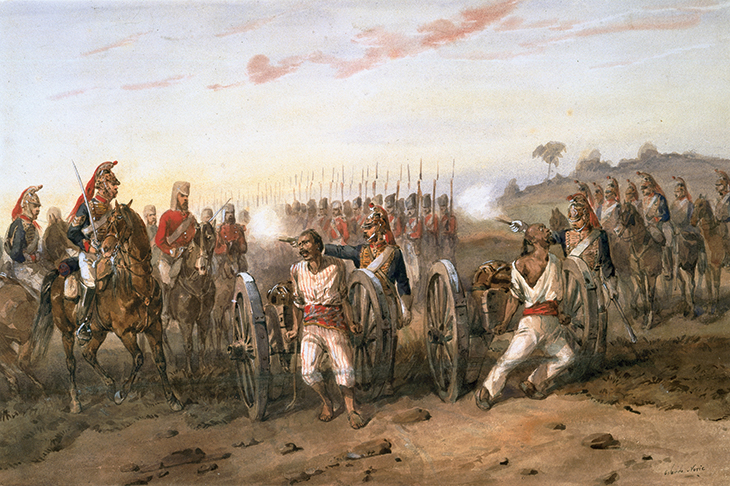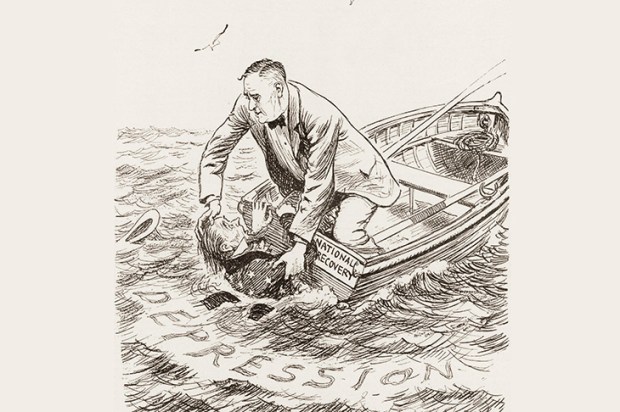Many and various are the things one finds in Kentish pubs (I’m told); but few could top the sepoy’s skull discovered at The Lord Clyde, Walmer, complete with brief biography:
Skull of havildar ‘Alum Bheg’, 46th Regt. Bengal N. Infantry… blown away from a gun.
From this grisly starting point, Kim Wagner, lecturer in British imperial history at Queen Mary University of London, narrates how, in the swelter of mid-1857, following outbreaks throughout British India, native Bengal Army units at Sialkot mutinied, killing officers and civilians and looting the cantonment, and then set out for Delhi to join Bahadur Shah, the briefly-minted...
Already a subscriber? Log in
Subscribe for just $2 a week
Try a month of The Spectator Australia absolutely free and without commitment. Not only that but – if you choose to continue – you’ll pay just $2 a week for your first year.
- Unlimited access to spectator.com.au and app
- The weekly edition on the Spectator Australia app
- Spectator podcasts and newsletters
- Full access to spectator.co.uk
Unlock this article
You might disagree with half of it, but you’ll enjoy reading all of it. Try your first month for free, then just $2 a week for the remainder of your first year.














Comments
Don't miss out
Join the conversation with other Spectator Australia readers. Subscribe to leave a comment.
SUBSCRIBEAlready a subscriber? Log in